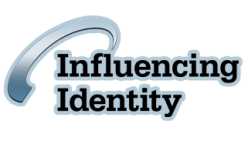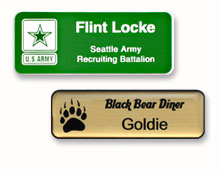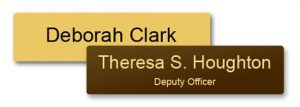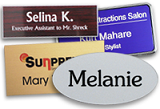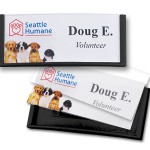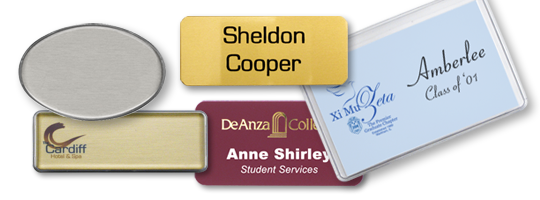October 10th is recognized as World Mental Health Day. So what does this mean for name tags? And what does that have to do with a label?
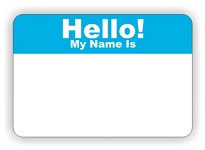 It’s easy to start labeling people. How many times during a day do we label someone without conscious thought? It can be a simple label like teacher, boss or cashier. But we have to be careful when using these labels. While they describe something someone is doing, they do not always make up someone’s true character.
It’s easy to start labeling people. How many times during a day do we label someone without conscious thought? It can be a simple label like teacher, boss or cashier. But we have to be careful when using these labels. While they describe something someone is doing, they do not always make up someone’s true character.
So, what does this have to do with name tags? Well, when someone puts on a name tag, they are representing something so much more! They are representing the company or cause for which they are working. They are also representing themselves. And what a great battle that can be sometimes.
“If everybody wears name tags, no more fighting, no more intolerance and no more disrespect,” said Scott Ginsberg in his blog.
When donning a name tag, it becomes an act of acknowledging people for who, rather than what, they really are. Calling people by their given name helps to make them feel truly special.
“A few years ago I gave a speech to a group of individuals with disabilities. I was terrified. I thought the message would go completely over their heads. And I assumed that their intelligence level would keep them from understanding me. I was wrong. They loved it. Best audience I’ve ever had. Afterward, a young man from the front row ran up to me with a huge smile on his face. And although his mental condition made it very difficult for him to speak, he placed his hand on my chest and said: ‘It’s not the name tag; it’s the heart behind it.’ Just because someone is broken doesn’t mean they can’t teach you,” Ginsberg related on his blog.
 So, why do we label people?
So, why do we label people?
Maybe it is because sometimes there are positive attributes that are associated with these labels. And maybe it’s because we simply do not know someone. By wearing a name tag, we become more familiar with those around us.
And, when we start using others names, we are also allowing that labeling barrier to be let down. So, let’s all put on our name tags and remember who we truly are!
